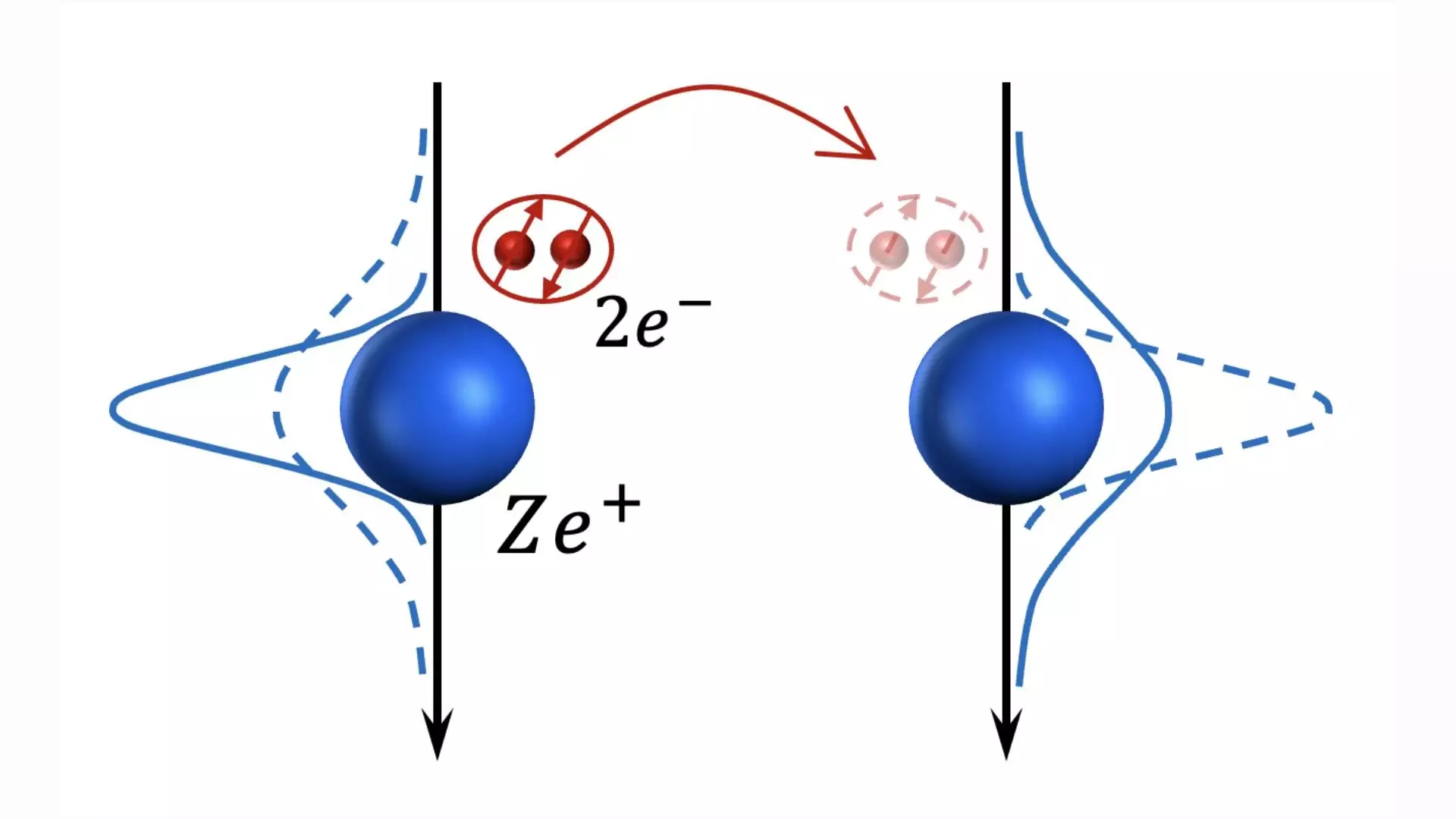Superconductivity, the phenomenon of resistance-free electrical conductance, has intrigued scientists for decades. A recent study published in Physical Review Letters (PRL) dives into the world of electron-phonon coupling and its potential to enhance superconductivity through the formation of quantum bipolarons.
Electron-phonon coupling involves the interaction between electrons and lattice vibrations known as phonons. In the realm of superconductivity, this interaction is crucial as it plays a role in the formation of Cooper pairs, pairs of electrons bound together via attractive interactions. The most common form of coupling is linear, where electron density linearly couples to lattice displacements. However, the study explores the less understood quadratic coupling, in which the interaction energy is proportional to the square of phonon displacement. The researchers aim to investigate if superconductivity can be enhanced in materials exhibiting quadratic coupling.
Speaking on the motivation behind the research, Ph.D. candidate Zhaoyu Han expressed a desire to uncover new mechanisms that could lead to high-temperature superconductivity. Dr. Pavel Volkov, Assistant Professor at the University of Connecticut, mentioned the open question regarding the superconductivity of doped strontium titanate and the search for alternative electron-phonon coupling mechanisms. The team extended the Holstein model, a theoretical framework that describes electron-phonon interactions, to incorporate quadratic coupling in their study.
Unlike linear coupling, which is prevalent in most superconducting materials, quadratic coupling presents a different set of characteristics. The study found that materials with quadratic electron-phonon coupling could potentially achieve higher critical temperatures for superconductivity. In the case of weak coupling, the mechanism for electron pairing is less effective, leading to lower critical temperatures. However, in strong coupling scenarios, the formation of quantum bipolarons can result in superconductivity at temperatures determined by their effective mass and density.
The researchers noted that the mechanism of quantum bipolarons allows for higher transition temperatures, especially in cases of strong coupling. Unlike the linear mechanism, where critical temperatures are limited by the strength of the coupling, the quantum bipolaron mass is only mildly enhanced with coupling, enabling higher critical temperatures. Dr. Volkov mentioned the possibility of achieving critical temperatures on the order of 100 Kelvin with this mechanism.
Future Directions
Looking ahead, the researchers suggest exploring the optimal regime of coupling strength for superconductivity. Experimentalists are encouraged to investigate superlattice materials with significant quadratic electron-phonon couplings. Dr. Volkov proposed the creation of superlattices through patterning or using interfaces between twisted materials as potential paths to realizing the type of superconductivity predicted in the study.
The study sheds light on the potential of quadratic electron-phonon coupling to enhance superconductivity by introducing the concept of quantum bipolarons. By extending the Holstein model to incorporate second-order coupling, the researchers pave the way for further exploration into high-temperature superconductors. The quest for understanding unconventional mechanisms underlying superconductivity continues, with promising implications for future technological advancements in the field.


Leave a Reply